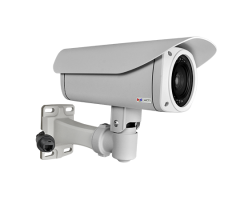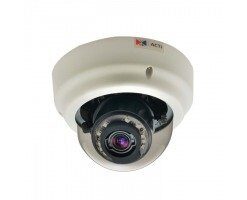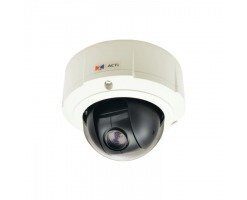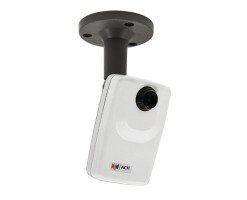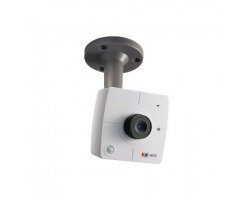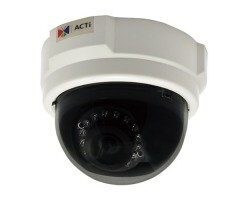IP cameras, also known as network cameras or Internet Protocol cameras, are digital video cameras that transmit video and audio data over an IP network, such as a local area network (LAN) or the internet. These cameras are commonly used for surveillance and security purposes, offering advanced features and capabilities compared to traditional analog CCTV cameras. Here are some key features and benefits of IP cameras:
1. **High-Quality Video**: IP cameras capture high-resolution video footage, ranging from standard definition (SD) to high definition (HD) and even ultra-high definition (4K). This allows for clear and detailed surveillance footage, making it easier to identify objects, people, and events.
2. **Digital Zoom**: Many IP cameras offer digital zoom capabilities, allowing users to zoom in on specific areas of interest within the video frame without sacrificing image quality. This is particularly useful for observing details or activities in distant or hard-to-reach locations.
3. **Remote Access and Monitoring**: IP cameras can be accessed and monitored remotely from any internet-connected device, such as smartphones, tablets, or computers. This provides users with real-time access to live video feeds and recorded footage from anywhere, at any time, enhancing surveillance capabilities and flexibility.
4. **Two-Way Audio**: Some IP cameras feature built-in microphones and speakers, enabling two-way audio communication between the camera and remote users. This allows users to listen to audio from the camera’s location and speak through the camera using a connected device, facilitating interactive communication and remote monitoring.
5. **Motion Detection and Alerts**: IP cameras can be equipped with motion detection sensors that trigger alerts or notifications when motion is detected within the camera’s field of view. Users can receive notifications via email, SMS, or mobile app, allowing them to respond promptly to potential security threats or incidents.
6. **Advanced Analytics**: Many IP cameras support advanced analytics capabilities, such as object detection, facial recognition, license plate recognition, and people counting. These analytics tools provide valuable insights into camera footage, enabling users to identify and analyze specific events or patterns of behavior.
7. **Integration with Security Systems**: IP cameras can be integrated with other security systems and devices, such as video management software (VMS), access control systems, and alarm systems. This integration allows for seamless communication and coordination between different components of the security infrastructure, enhancing overall security effectiveness.
8. **Scalability and Flexibility**: IP camera systems are highly scalable and flexible, allowing users to easily add or expand the number of cameras as needed. This makes IP cameras suitable for deployments of all sizes, from small businesses to large enterprises, and enables businesses to adapt their surveillance systems to changing security requirements over time.
Overall, IP cameras offer a wide range of features and benefits that make them an ideal choice for modern surveillance and security applications. Their high-quality video, remote access capabilities, advanced analytics, and integration capabilities make them valuable tools for enhancing security, safety, and situational awareness in various environments.
IP Cameras
IP Cameras
IP Cameras
IP Cameras
IP Cameras
IP Cameras
IP Cameras
IP Cameras
IP Cameras
IP Cameras
IP Cameras
IP Cameras

